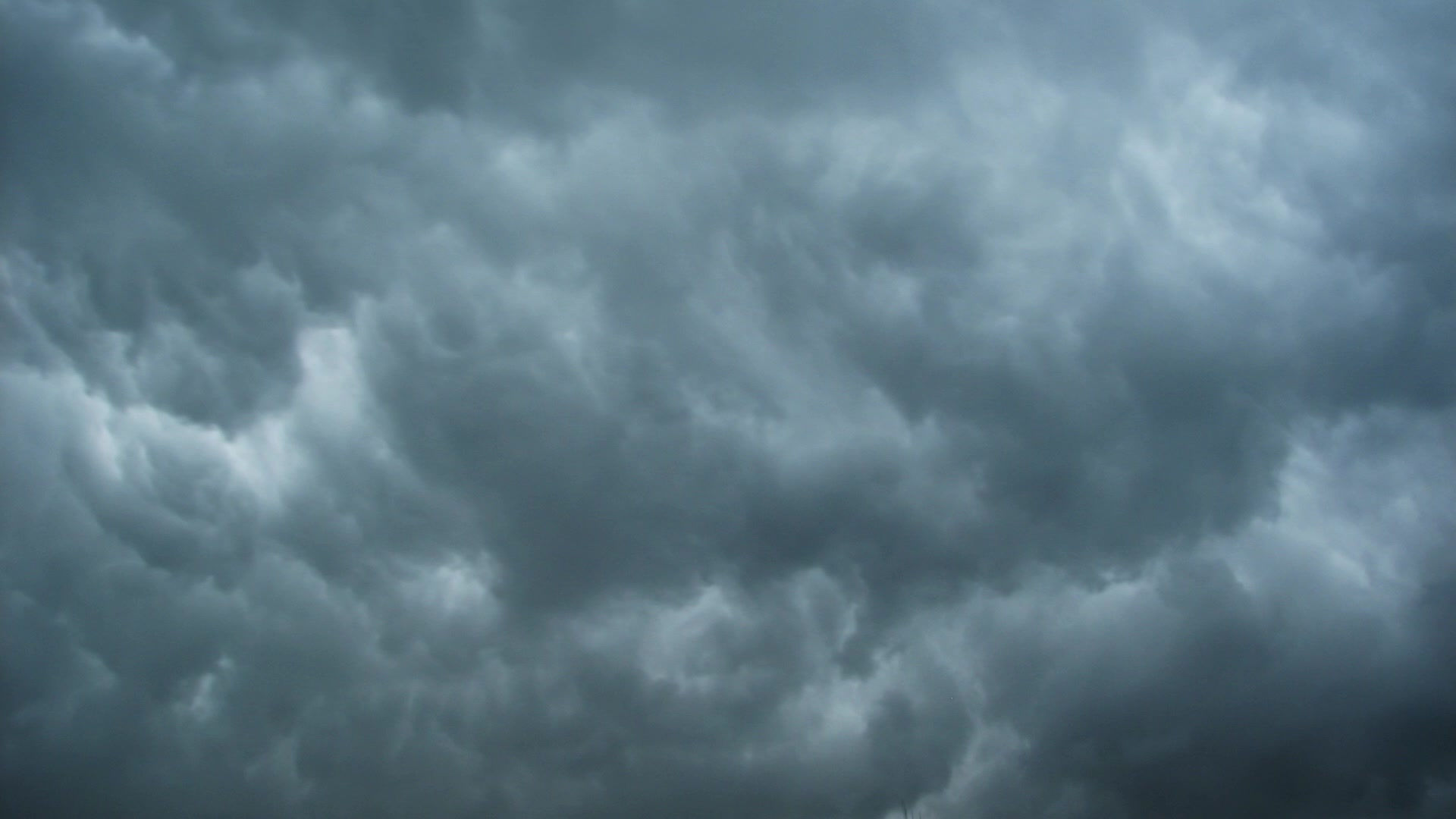
Charlie Derham Cinematography (official)
László Kovács
Born: 14th May 1933 in Hungary
Died 22nd July (2007) age 74 in the USA
Occupation: Cinematographer
Years active: 1964-2007
László Kovács was a Hungarian Cinematographer who became successful. László was born in Cece, Hungary.
He studied cinema at the Academy of drama and film in Budapest between 1952 and 1956. Together with his best friend, they both borrowed an Arriflex camera from their school and secretly filmed the day-to-day development of the Hungarian revolution of 1956. This was achieved on black and white 35mm film. In November the same year, they sneaked the 30,000 feet (9,100m) roll of film from Hungary to Austria in order to develop it. They both arrived in the United States of America in March 1957 to sell the footage. However, by this time the film of the revolution was no longer wanted when László decided to sell it (he was too late). A few years later in 1961- CBS bought the footage of László and his friends film. The finished film was then aired that year, as part of a documentary.
László's first real breakthrough film was Easy Rider. However, he was reluctant to work on it as he had already worked on numerous B movie biker films. Such as Hells Angels On wheels. His director, Hopper convinced László to do a film where he would be director of photography, this was a different role for László. He earned second place for the Best Cinematography Golden Laurel at the 1970 Laurel awards. Later in 1970, he was producing his last film, Hopper. In the same year László filmed the movie Five Easy Pieces, there he received third in the Golden Lural prize for his cinematography.
Whilst he was working on the film called The Last Waltz, the director demanded the cinematographers to turn their cameras off between shots, in order to save battery life, a problem was discovered when the editors noticed corrupted footage. When the filming took place and the cameras had to be switched off, it took 20 minutes for the cameras to warm up again. However lucky for László he refused to turn his camera off between shots and he filmed almost the whole film by himself with his own camera.
Awards
Kovács was honored with Lifetime Achievement Awards from Camerimage (1998), WorldFest (1999), and the American Society of Cinematographers (2002). The Lifetime Achievement Award from the ASC is the organization's highest honor. In addition, Kovács received
an Excellence in Cinematography Award from the 1999 Hawaii International Film Festival and a Hollywood Film Award at the 2001 Hollywood Film Festival.
The American Society of Cinematographers, dedicated the 2008 Heritage Award for top student filmmakers
in memory of Kovács.
Movies he filmed
Two Weeks Notice (2002)
Copycat (1995)
Free Willy 2: The Adventure Home (1995)
Radio Flyer (1992)
Ghostbusters (1984)
And many more.
Here is why I believe László Kovács was so successful - I have taken some notes from the movie he shot called Ghostbusters
to explain this.
Here are my notes from one of the scenes in Ghostbusters.
Dana enters the fire station, but there's something eye-catching about her. Her blue coat sets her off from the dirty earth tones of the old building and she catches little bursts of light from the door as she comes in, luminous edge sliding down her sides as the camera looks her over from head to toe. It's funny how she makes the whole dusty, cobwebbed place look a little classier indeed, when she and the men repair upstairs, she is subtly backlit by a desk lamp, and there's a lot more sunlight coming in than there was in the hall.
Maybe it's just imagination taking hold, but Dana's apartment seems a little darker the second time around, a little cooler. Has Kovács moved his lights? At any rate, the living room comes off less attractive, the kitchen merely common, the biggest effort Kovács makes to pretty up the image is to use the fridge light for low-rent treatment of the shade, as Dana ignores Venkman's attempts at charm. So much for love.
The first-night shot is hardly a charming Manhattan evening, the fire station is just a big grey box on a wet night and the sign looks small and dark. It's drab upstairs, and downstairs, all is covered in shade, with corners falling off to entirely black. Yet the place brightens up, literally, when a call comes in, although the Ghostbusters slide past the overhead working lights and said "lights aren't on", their wardrobe area seems lit, somehow. Ghostbusters is creating a moment here, the reality is lost.